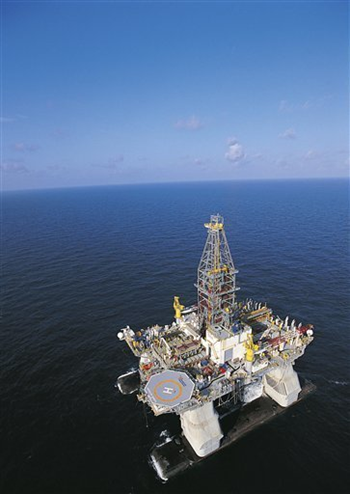BP emails reveal company veiling spill rate
NEW ORLEANS – On the day the Deepwater Horizon sank, BP officials warned in an internal memo that if the well was not protected by the blow-out preventer at the drill site, crude oil could burst into the Gulf of Mexico at a rate of 3.4 million gallons a day, an amount a million gallons higher than what the government later believed spilled daily from the site. The email conversation, which BP agreed to release Friday as part of federal court proceedings, suggests BP managers recognized the potential of the disaster in its early hours, and company officials sought to make sure that the model-developed information wasn’t shared with outsiders. The emails also suggest BP was having heated discussions with Coast Guard officials over the potential of the oil spill. The memo was released as part of the court proceedings to determine the division of responsibility for the nation’s worst offshore oil disaster, which began when the BP-leased Deepwater Horizon exploded April 20, 2010, killing 11 men about 50 miles southeast of the Louisiana coast. The first phase of the trial is set to start Feb. 27. BP officials declined to comment on the emails late Friday. The official amount of oil that flowed from the well was pegged at 206 million gallons from at least April 22 until the well was capped on July 15, a period of 85 days. That’s a daily flow rate of about 2.4 million gallons — two-thirds of the way to BP’s projection of what could leak from the well if it was an “open hole.” BP has disputed the government’s estimates. Having an accurate flow rate estimate is needed to determine how much in civil and criminal penalties BP and the other companies drilling the well face under the Clean Water Act. In the memo, a BP official urges not to share the flow-rate projections and refers to the “difficult discussions” the company was having at the time with the Coast Guard. Gary Imm, a BP manager, told Rob Marshall, BP’s subsea manager in the Gulf, to tell the modeler doing the estimates “not to communicate to anyone on this.” “A number of people have been looking at this we already have had difficult discussions with the USCG on the numbers,” Imm said in the email string, referring to the Coast Guard and flow estimates. […]
